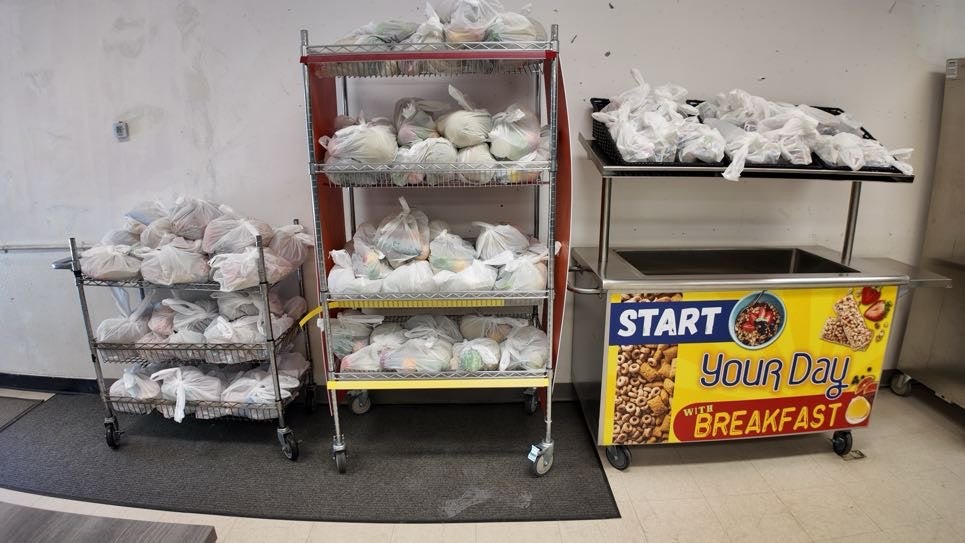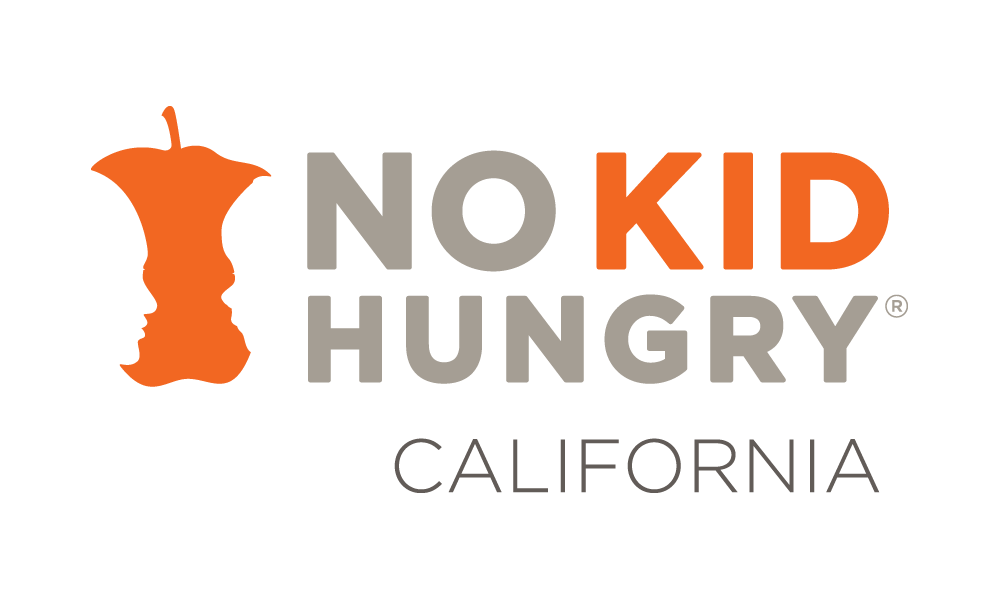“When it comes to school meals, I don’t think they have any barriers anymore. We work very hard to break down any barriers to ensure kids have the nutrition they need to grow and learn.” – Dorothy Davis, director of child nutrition services

Rainbow, California is an unincorporated community nestled in the rolling chaparral hills of northern San Diego County. Nurseries, avocado farms and citrus groves surround the small Vallecitos School District whose enrollment is only 190 students.
In San Diego County, the high cost of living is a significant contributor to hunger and poverty. This issue is often compounded by unexpected financial hardships, which place additional strain on household budgets, especially during school breaks.
Vallecitos School District plays a pivotal role by providing essential educational and nutritional services to its students. Their summer non-congregate meal program, led by Dorothy Davis, director of child nutrition services, is an especially critical resource for youth in their rural community.
To ensure that all students are nourished every day, the district implemented two programs: Second Chance Breakfast during the school year, and the non-congregate feeding program during the summer. The latter initiative, now in its second year, provides seven days’ worth of breakfast and lunch. This model has significantly increased participation, serving 11 percent more meals to kids than last summer.
District Summer Meal Service Overview:
- Key Achievement: Served 2,978 meals
- Number of Meals per Meal Kits: Meal kits consisted of seven days of breakfast and lunch (14 meals), along with fresh fruits and vegetables.
- Operational Model: Drive-through grab-and-go at the front of the school
- Integrity Plan: During the meal distribution, children were not required to be present for parents or guardians to pick up summer meals. Families could pre-register using a QR code or register on-site.


This summer, Davis and her child nutrition team served nearly 3,000 meals. The program is an improvement from the less effective congregate model where kids had to eat their meal onsite.
“I could see the inconvenience for them,” Davis shared. “I saw families who aren’t as close to school or who don’t have the luxury to be able to walk their students down every single day, they couldn’t even make it every single day.”
The transition to a non-congregate model was crucial for addressing unique barriers faced by families in Rainbow. In a rural food desert with limited transportation, few grocery options, and even fewer grocery delivery options, the traditional congregate meal program proved inconvenient and inaccessible for many working parents and those without cars.
“We’re in a food desert,” shared Davis. “We only have a little convenience store here in town and a diner. So just to get access to regular food, if you don’t have transportation, it would be very hard. And a lot of places do not deliver to this location…you can’t get food deliveries. Everybody else has access to be able to order their groceries from Walmart or Amazon Fresh and all. We don’t get that where we are.”

During the summer, families can simply drive up and grab and go!
The program’s accessibility, coupled with robust advertising through word-of-mouth, social media and newspapers, successfully reached a wider segment of the community, fostering a sense of relief and gratitude among families.
A highlight of the program is its provision of high-quality, fresh produce, which was greatly appreciated by families, including the school principal who picked up summer meals for their own children.
“My principal, she got summer meals for her children this summer,” said Davis. “And she said she didn’t know how long it’s been since she’s had grapes because they are so expensive.”
“It is incredible to see how determined Dorothy and her team of summer hunger heroes are to reach more kids with nutritious summer meals!” said Tommy Le, program manager for No Kid Hungry. “Even though there were some challenges, the issues were overshadowed by the impact they had on kids and families this summer. We’re so honored to support incredible people like Dorothy and her team.”


Ways You Can Help
New research by No Kid Hungry (see full report) reveals an overwhelming number of parents are struggling to put food on the table for their children. This is especially true during the summer months when kids lose access to many essential free school meals.
You can ensure kids have the nutrition they need to thrive in and out of the classroom and reach their full potential in a variety of ways:
- Donate. $1 can help provide 10 meals* to kids. Your support will help us fund meal programs all over the country and help us advocate for policies that will help kids get the meals they need. *Donations help support programs that feed kids; No Kid Hungry does not provide individual meals. Meal equivalencies vary. Learn more at NoKidHungry.org/OneDollar.
- Advocate for kids. Reach out to your elected officials and ask them to do more to end childhood hunger. Tell your lawmaker to advocate for policies that will help kids get the meals they need.
- Become a sponsor or expand your summer non-congregate meal program for Summer 2026. Visit our Center for Best Practices for more information on the rules, eligibility, grant information and more.
Last update: November 18, 2025



